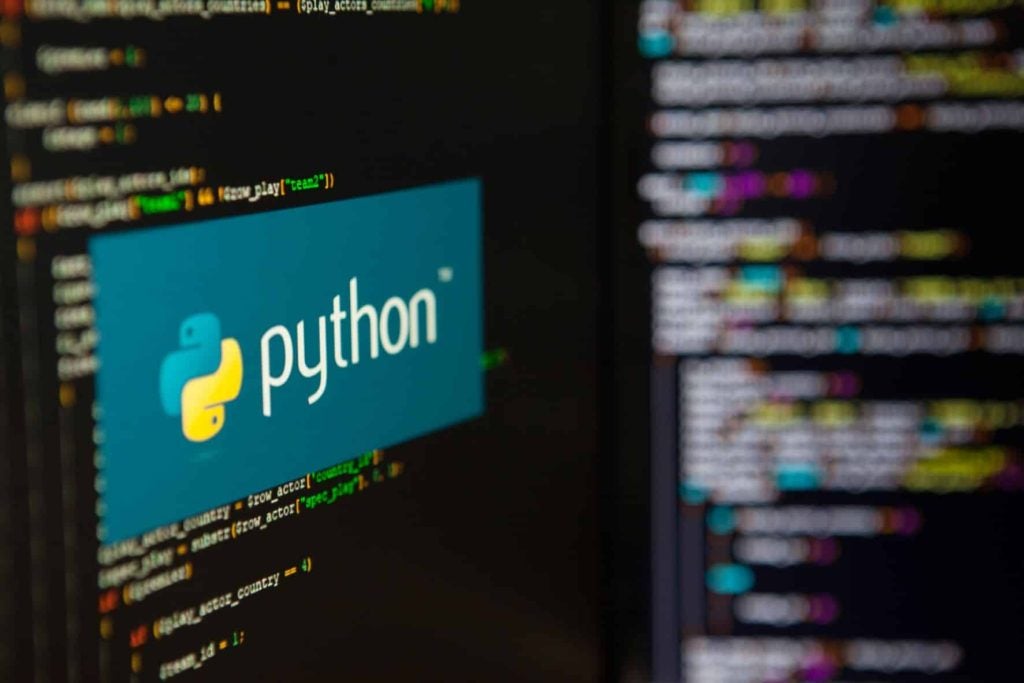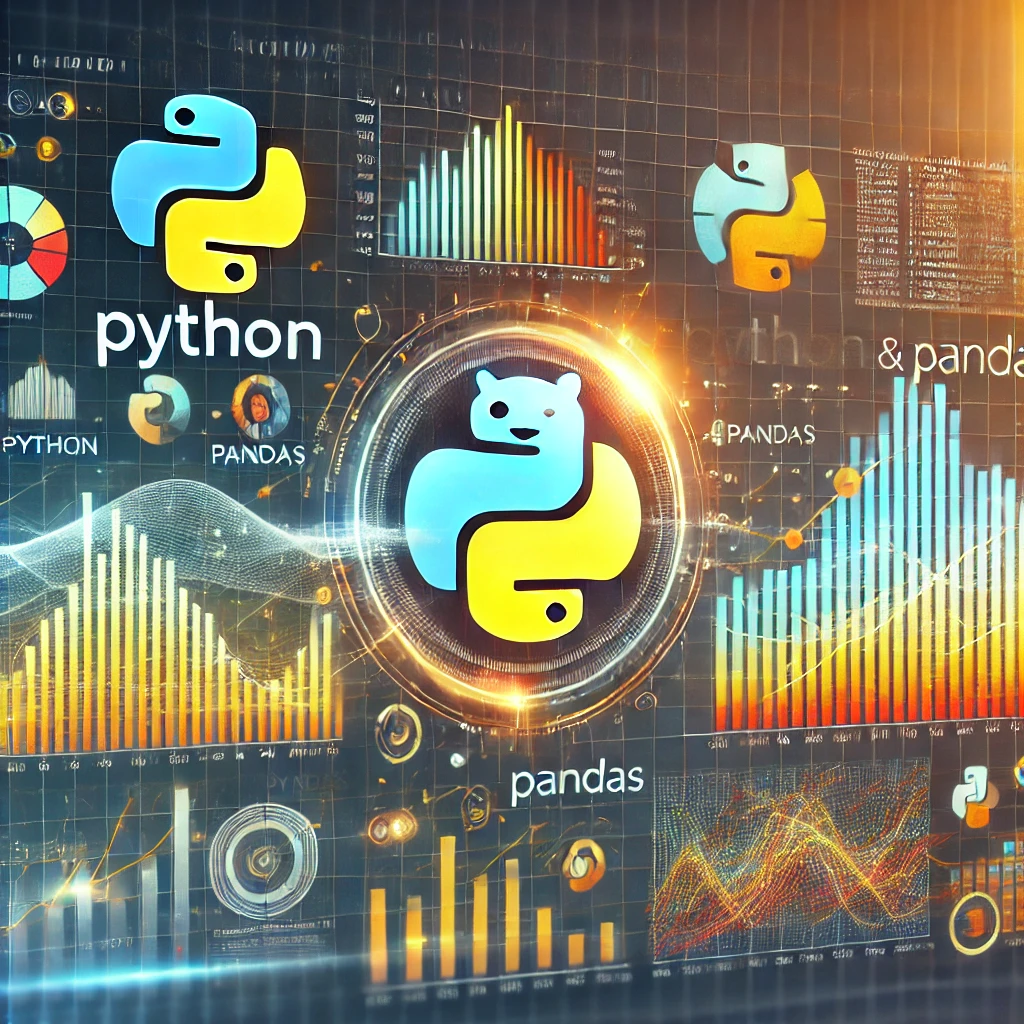Absolutely! Here’s an in-depth look at 10 essential tricks for beginners using Pandas in data analysis. Pandas is a powerful data manipulation library in Python, widely used for data analysis due to its flexibility and ease of use. Let’s explore these tricks in detail.
1. Importing Pandas

Before you can use Pandas, you need to import it into your Python environment. This is done with a simple command:
“`python
import pandas as pd
“`
This command imports the Pandas library and gives it the alias `pd`, which is a common convention in the Python community. It makes it easier to call Pandas functions later in your code.
### 2. Reading Data
Pandas provides straightforward methods for reading data from various formats. The most commonly used is `read_csv()`, but it can also handle Excel files, JSON, and more. Here’s how to do it:
“`python
df = pd.read_csv(‘data.csv’) # For CSV files
df = pd.read_excel(‘data.xlsx’) # For Excel files
df = pd.read_json(‘data.json’) # For JSON files
“`
This flexibility allows you to load data quickly from different sources, making it easy to get started with analysis.
3. Quick Data Overview

Once you have your DataFrame (`df`), it’s essential to understand its structure. You can use several functions:
– `df.head()`: Displays the first five rows, allowing you to see a sample of your data.
– `df.info()`: Provides a summary, including the number of entries, data types, and memory usage.
– `df.describe()`: Gives statistical summaries of numerical columns, such as mean, median, and standard deviation.
These methods help you quickly assess your data and identify any issues, like missing values or incorrect data types.
### 4. Selecting Data
Pandas makes it easy to select specific data from your DataFrame. You can access columns and rows using different methods:
– **Selecting Columns**:
“`python
df[‘column_name’] # Select a single column
df[[‘col1’, ‘col2’]] # Select multiple columns
“`
– **Selecting Rows**:
“`python
df.loc[0] # Select a row by label
df.iloc[0:5] # Select rows by index range
“`
This ability to slice and dice your DataFrame is powerful, allowing you to focus on the data that matters most to your analysis.
### 5. Filtering Rows
Filtering rows based on specific conditions is one of the most critical tasks in data analysis. You can use boolean indexing to create a new DataFrame:
“`python
filtered_df = df[df[‘column_name’] > value] # Keep rows where column_name is greater than value
“`
This creates a new DataFrame that only includes rows meeting your criteria. You can also use logical operators to combine multiple conditions.
### 6. Handling Missing Values
Dealing with missing values is crucial in data analysis. Pandas provides several methods to handle these effectively:
– **Removing Missing Values**:
“`python
df.dropna() # Removes any row with missing values
“`
– **Filling Missing Values**:
“`python
df.fillna(value) # Replaces missing values with the specified value
“`
You can also fill missing values with statistical measures, such as the mean or median, which can be helpful in maintaining the integrity of your dataset.
### 7. Group By Operations
Grouping data is essential for performing aggregate calculations. The `groupby()` function allows you to group data by one or more columns:
“`python
grouped = df.groupby(‘column_name’).mean() # Groups by column_name and calculates the mean for each group
“`
This is incredibly useful for summarizing data and understanding patterns, such as average sales per product category.
8. Merging DataFrames

Often, you’ll need to combine data from multiple sources. Pandas provides several methods for merging DataFrames, with `merge()` being the most common:
“`python
merged_df = pd.merge(df1, df2, on=’key_column’) # Merge two DataFrames on a common column
“`
You can perform inner, outer, left, and right joins, similar to SQL, allowing for flexible data integration.
### 9. Applying Functions
You can apply custom functions to your DataFrame using the `apply()` method. This allows for element-wise operations across rows or columns:
“`python
df[‘new_column’] = df[‘existing_column’].apply(lambda x: x + 10) # Adds 10 to each value in existing_column
“`
This is particularly useful for data transformation, such as normalizing or cleaning your data.
### 10. Basic Visualization
Data visualization is key to understanding your data. While Pandas has some built-in plotting capabilities, you often use it alongside Matplotlib for more complex visualizations:
“`python
import matplotlib.pyplot as plt
df[‘column_name’].hist() # Create a histogram of a column
plt.show() # Display the plot
“`
Visualizations help communicate your findings and make data patterns more evident.
### Conclusion
These ten tricks provide a robust foundation for using Pandas in data analysis. As you grow more comfortable with the library, you’ll discover even more advanced functionalities, such as pivot tables, time series analysis, and data manipulation techniques. The ability to manipulate and analyze data effectively is a critical skill in today’s data-driven world, and Pandas is an excellent tool to help you develop that skill.
Start experimenting with these tricks, and you’ll soon find yourself navigating data with ease. Happy coding!
